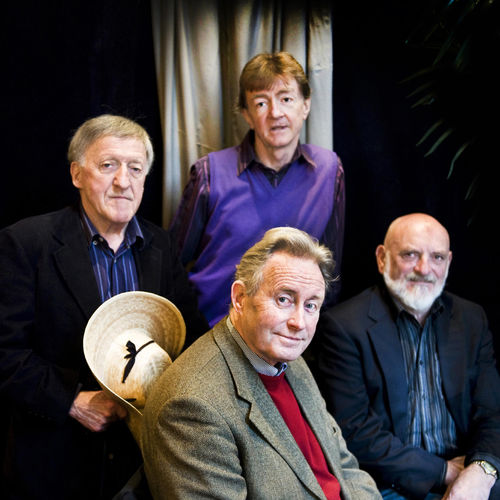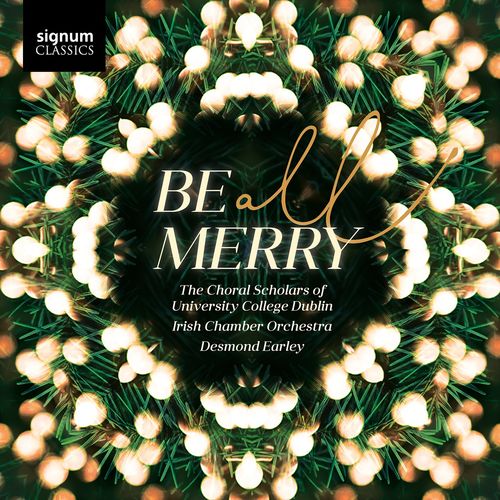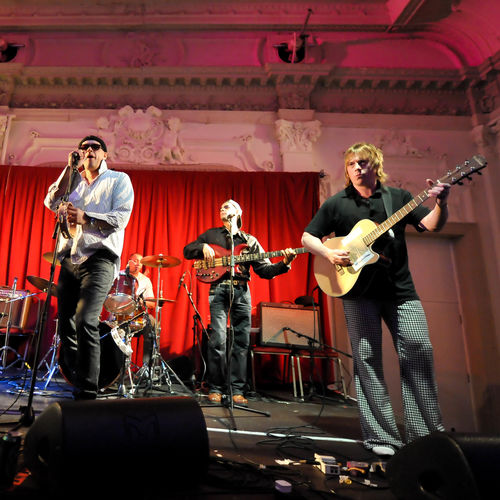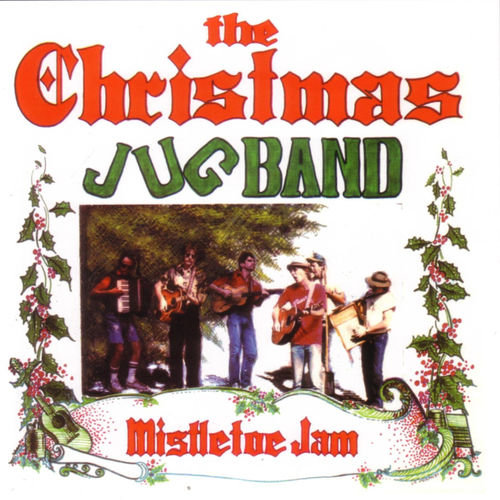
Biografía:
The Chieftains es una banda irlandesa de música tradicional, fundada en 1963, año de la grabación de su primer LP titulado simplemente The Chieftains. Su composición inicial fue Paddy Moloney (gaita irlandesa), Martin Fay (violín y huesos, instrumento de percusión tradicional), Seán Potts (whistle) y David Fallon (bodhrán). Todos ellos eran músicos procedentes de Ceoltóirí Cualann, la orquesta de Seán O'Ríada y de la escena de pubs de Dublín.
Read more on Last.fm
¡Cuatro años de duro trabajo!Este mes de mayo cumplimos cuatro años al aire. Seguimos trabajando en la difusión de este maravilloso instrumento, ¡gracias por participar en nuestra historia!
Hard Times Come Again No More
Original by Stephen Foster, arrangement by the Chieftains.
Charted by Richard J.M. Fry for Peter Mills
*Notes and Notation* Looks there for fun things! Things to assist in the interpretation
of the song.
Chords used in order:
G: 3X0003
D: XX0232
A:X02220
Bbdim: X12320
Bm:X24432
E: 022100
D/F#: 2X0232
Standard Tuning
Key: D major
Tempo: 67-72
Piacere
Intro:
G
D A-Bbdim-Bm G
D Bm E A D
*Break*
Andante Moderato:
D A Bm
Let us pause in life's pleasures and count its many tears,
G D A D
While we all sup sorrow with the poor.
G D A Bbdim Bm
There's a song that will linger forever in our ears:
G D Bm E A D
Oh hard times come again no more.
Chorus:
D D/F# G D/F#
Tis the song, the sigh of the weary:
D G Bm E A
Hard Times, hard times, come again no more.
D A Bbdim Bm
Many days you have lingered around my cabin door;
G D Bm E A D
Oh hard times come again no more.
D A Bm
While we seek mirth and beauty and music light and gay,
G D A D
There are frail forms fainting at the door.
G D A Bbdim Bm
Though their voices are silent, their pleading looks will say:
G D Bm E A D
Oh hard times come again no more.
Chorus
Instrumental:
D D/F# G D/F#
D G Bm E A
G-D A-Bbdim-Bm G
D Bm E A
D
D A Bm
There’s a pale drooping maiden who toils her life away,
G D A D
With a worn heart whose better days are o’er.
G D A Bbdim Bm
Though her voice would be merry, ‘tis sighing all the day:
G D Bm E A D
Oh hard times come again no more.
D A Bm
Tis a sigh that is wafted across the troubled wave,
G D A D
Tis a wail that is heard upon the shore.
G D A Bbdim Bm
Tis a dirge that is murmured around the lowly grave:
G D Bm E A D
Oh hard times, come again no more.
Final Chorus:
D D/F# G D/F#
Tis the song, the sigh of the weary:
D G Bm E A
Hard Times, hard times, come again no more.
D A Bbdim Bm
Many days you have lingered around my cabin door;
G D Bm E A D D/F#
Oh hard times, come again no more.
A tempo: piacere
Outro:
G D/F# Bm E A D
Oh hard times, come again no more
*Notes and Notations*
1. Piacere: freely or no tempo. Just play the chords as you want, without tempo.
2. Andante Moderato: slowly, but not too slowly. Seriously, this is a somber tune.
Playing it anything faster makes it sound like a happy song about hard times, which is
somewhat contradictory to the tone, don’t-cha-know?
3. A tempo: return to previous tempo, which, as listed, is piacere.
4. This is one of those cross-style songs. What I mean by that phrase is that this can
be flat picked or finger picked. Strumming all the way through this song makes it seem
kind of boring, so add some dynamic arpeggiations just to spice things up.
5. The history behind this song is rooted deeply in Appalachia; a culture of music and
dance that originates from a mountain ranges on the east coast appropriately named the
Appalachian Mountains. The history of this song in particular is more or less a
popularization of the Appalachian style. Written by Stephen Foster, the song shares a strong
cultural bond with Appalachia, as well as its sister songs “Oh, Susanna” and “Camptown
Races”, which were also written by Foster. Most of this music appeared in what’s known as
the “minstrel show”, which was more or less a vaudeville style performance during the
late 1700 and 1800s. You could find all sorts of fun things at the minstrel show: dancers, actors,
jugglers, contortionists, etc…But what you really went there for was the music. There
weren’t public venues or theaters back then; the minstrel show was literally a variety
show on wheels. This format, more or less, is how the cultural music of Appalachia was
spread throughout the country. That being said, Appalachia draws its heritage from none other
than the green island of Éire, which is why I decided to chord out this song.
6. Well, that, and I’m a huge fan of the Chieftains. Paddy Moloney, the player of the
uilleann pipes for the Chieftains, actually shares the same clan as my family. (The clan Moloney)
7. As such, since this arrangement is by and Irish band, the song is in D. Go figure
that an Irish song would be in D.
8. As always, if you have requests for acoustic music, please send them my way.
9. Adh mor! (Good luck)
Original by Stephen Foster, arrangement by the Chieftains.
Charted by Richard J.M. Fry for Peter Mills
*Notes and Notation* Looks there for fun things! Things to assist in the interpretation
of the song.
Chords used in order:
G: 3X0003
D: XX0232
A:X02220
Bbdim: X12320
Bm:X24432
E: 022100
D/F#: 2X0232
Standard Tuning
Key: D major
Tempo: 67-72
Piacere
Intro:
G
D A-Bbdim-Bm G
D Bm E A D
*Break*
Andante Moderato:
D A Bm
Let us pause in life's pleasures and count its many tears,
G D A D
While we all sup sorrow with the poor.
G D A Bbdim Bm
There's a song that will linger forever in our ears:
G D Bm E A D
Oh hard times come again no more.
Chorus:
D D/F# G D/F#
Tis the song, the sigh of the weary:
D G Bm E A
Hard Times, hard times, come again no more.
D A Bbdim Bm
Many days you have lingered around my cabin door;
G D Bm E A D
Oh hard times come again no more.
D A Bm
While we seek mirth and beauty and music light and gay,
G D A D
There are frail forms fainting at the door.
G D A Bbdim Bm
Though their voices are silent, their pleading looks will say:
G D Bm E A D
Oh hard times come again no more.
Chorus
Instrumental:
D D/F# G D/F#
D G Bm E A
G-D A-Bbdim-Bm G
D Bm E A
D
D A Bm
There’s a pale drooping maiden who toils her life away,
G D A D
With a worn heart whose better days are o’er.
G D A Bbdim Bm
Though her voice would be merry, ‘tis sighing all the day:
G D Bm E A D
Oh hard times come again no more.
D A Bm
Tis a sigh that is wafted across the troubled wave,
G D A D
Tis a wail that is heard upon the shore.
G D A Bbdim Bm
Tis a dirge that is murmured around the lowly grave:
G D Bm E A D
Oh hard times, come again no more.
Final Chorus:
D D/F# G D/F#
Tis the song, the sigh of the weary:
D G Bm E A
Hard Times, hard times, come again no more.
D A Bbdim Bm
Many days you have lingered around my cabin door;
G D Bm E A D D/F#
Oh hard times, come again no more.
A tempo: piacere
Outro:
G D/F# Bm E A D
Oh hard times, come again no more
*Notes and Notations*
1. Piacere: freely or no tempo. Just play the chords as you want, without tempo.
2. Andante Moderato: slowly, but not too slowly. Seriously, this is a somber tune.
Playing it anything faster makes it sound like a happy song about hard times, which is
somewhat contradictory to the tone, don’t-cha-know?
3. A tempo: return to previous tempo, which, as listed, is piacere.
4. This is one of those cross-style songs. What I mean by that phrase is that this can
be flat picked or finger picked. Strumming all the way through this song makes it seem
kind of boring, so add some dynamic arpeggiations just to spice things up.
5. The history behind this song is rooted deeply in Appalachia; a culture of music and
dance that originates from a mountain ranges on the east coast appropriately named the
Appalachian Mountains. The history of this song in particular is more or less a
popularization of the Appalachian style. Written by Stephen Foster, the song shares a strong
cultural bond with Appalachia, as well as its sister songs “Oh, Susanna” and “Camptown
Races”, which were also written by Foster. Most of this music appeared in what’s known as
the “minstrel show”, which was more or less a vaudeville style performance during the
late 1700 and 1800s. You could find all sorts of fun things at the minstrel show: dancers, actors,
jugglers, contortionists, etc…But what you really went there for was the music. There
weren’t public venues or theaters back then; the minstrel show was literally a variety
show on wheels. This format, more or less, is how the cultural music of Appalachia was
spread throughout the country. That being said, Appalachia draws its heritage from none other
than the green island of Éire, which is why I decided to chord out this song.
6. Well, that, and I’m a huge fan of the Chieftains. Paddy Moloney, the player of the
uilleann pipes for the Chieftains, actually shares the same clan as my family. (The clan Moloney)
7. As such, since this arrangement is by and Irish band, the song is in D. Go figure
that an Irish song would be in D.
8. As always, if you have requests for acoustic music, please send them my way.
9. Adh mor! (Good luck)





